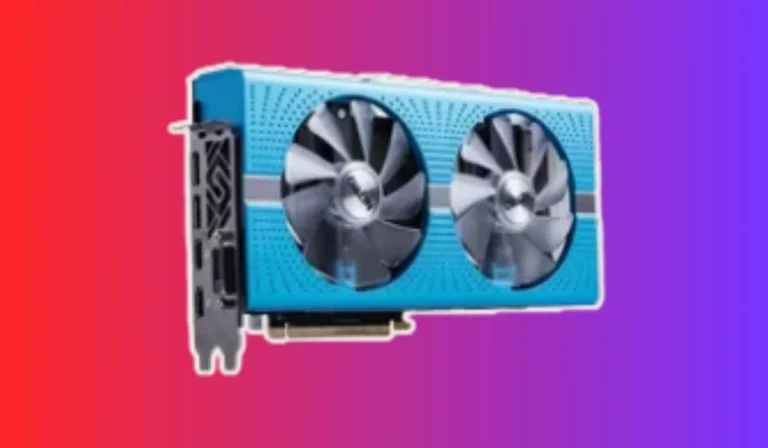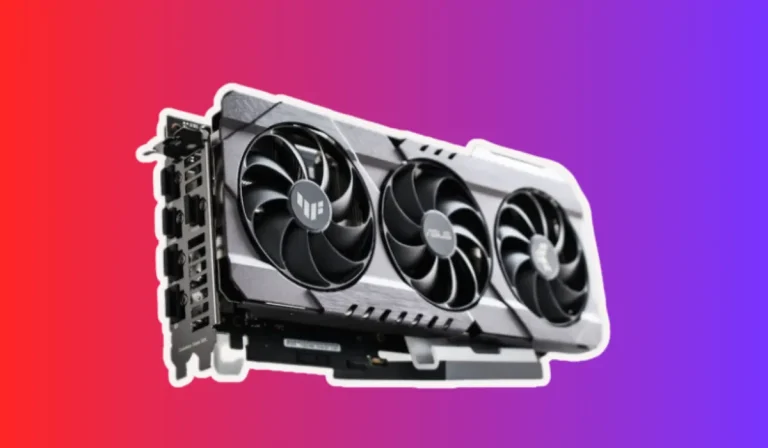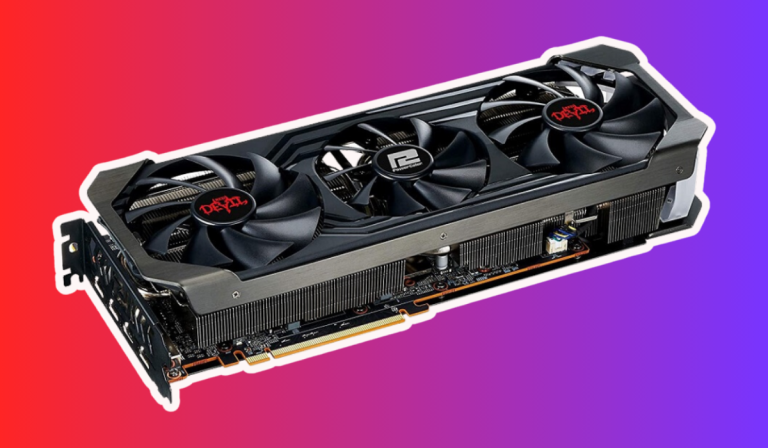How is Undervolting Safe While Overclocking Kinda Risky?
Undervolting can be a safe technique to optimize performance while overclocking, but it does come with risks. In this article, we’ll explore the delicate balance between these two practices and shed light on how undervolting can help minimize potential dangers. Let’s dive in and uncover the secrets of this power-saving method!
Unveiling the Dangers of Overclocking
In the world of computer performance enhancement, overclocking stands as a popular method to squeeze out extra power from our beloved machines.
However, it’s crucial to understand the potential risks that come along with this practice. We will dive into the dangers of overclocking and gain insights into how to navigate this territory safely.
The Temptation of Performance Boost
Overclocking involves pushing the clock speed of a component, such as a processor or graphics card, beyond its default settings. The allure of a faster and more powerful system can often be irresistible. After all, who wouldn’t want to experience better gaming performance or quicker data processing?
The Heat Factor
One of the primary risks of overclocking is increased heat generation. When a component operates at higher clock speeds, it generates more heat, which can lead to overheating. This excess heat puts additional strain on the component, potentially shortening its lifespan and compromising its stability.
Stability Issues and System Crashes
Overclocking can also result in stability issues and system crashes. Pushing a component beyond its intended limits can cause instability, leading to frequent crashes, freezes, or unexpected shutdowns. These issues can be frustrating and may result in data loss or damage to the hardware itself.
The Importance of Cooling and Monitoring
To mitigate the dangers of overclocking, proper cooling is paramount. Ensuring adequate airflow and investing in quality cooling solutions, such as fans or liquid cooling systems, can help dissipate the increased heat effectively.
Additionally, monitoring the system’s temperature and performance is crucial. Utilizing software tools that provide real-time temperature and voltage readings allows users to keep a close eye on the system’s health and make necessary adjustments as needed.
The Safety of Undervolting While Overclocking
Undervolting, the process of reducing the voltage supplied to a component, may seem counterintuitive when paired with overclocking. However, it can enhance the safety and stability of the system. Here, we’ll explore how undervolt can be a valuable technique to ensure a safe overclocking experience.
Achieving Balance: Optimizing Performance and Stability
Undervolting while overclocking allows users to strike a balance between performance gains and potential risks. Reducing the voltage supplied to a component can help mitigate the increased heat and power consumption associated with overclocking. This optimization not only enhances system stability but also extends the lifespan of the hardware.
Lowering Power Consumption and Heat Generation
One of the key benefits of undervolting is its ability to reduce power consumption and heat generation. When a component operates at a lower voltage, it requires less power and generates less heat.
This not only benefits the overall system’s energy efficiency but also reduces the strain on the cooling system, helping to maintain lower operating temperatures.
Stability through Voltage Optimization
Undervolting allows users to find the optimal voltage for their specific components. By carefully testing and adjusting the voltage, users can achieve a stable overclocking setup that maximizes performance without sacrificing safety.
It’s important to note that thorough testing and monitoring are crucial during this process to ensure stability and avoid potential crashes or instability.
Manufacturer Guidelines and Proper Cooling
To ensure a safe undervolting and overclocking experience, it’s essential to follow manufacturer guidelines. Each component has different tolerances and specifications, and exceeding these limits can lead to potential risks.
Additionally, maintaining proper cooling is crucial to dissipate any remaining heat effectively. Adequate airflow and cooling solutions, such as fans or liquid cooling, can help keep temperatures within acceptable ranges.
FAQ’s
1. Is undervolting safe for my hardware?
Undervolting can be safe when done correctly. By reducing the voltage supplied to your components, you can lower power consumption and heat generation, which can enhance the lifespan and stability of your hardware.
2. Can undervolting prevent overheating during overclocking?
Yes, undervolting can help mitigate the increased heat generated during overclocking. By reducing the voltage, you can lower the temperature of your components, reducing the risk of overheating and potential damage.
3. Does undervolting affect performance while overclocking?
Undervolting can affect performance, but the impact is usually minimal. While it may slightly reduce the maximum achievable clock speeds, it helps maintain stability and can extend the lifespan of your components.
4. Are there any risks associated with undervolting?
Undervolting does come with some risks. If the voltage is set too low, it may cause instability, crashes, or even damage to your hardware. It’s essential to find the right balance and perform thorough testing to ensure a safe undervolting experience.
5. How can I ensure the safety of undervolting while overclocking?
To ensure safety while undervolting and overclocking, it’s crucial to follow manufacturer guidelines and recommendations. Thoroughly test and monitor your system’s stability, and make gradual adjustments to the voltage.
Conclusion
Undervolting can be a safe technique to enhance the overclocking experience, but it’s not without risks. By carefully adjusting the voltage, you can reduce heat and power consumption, improving stability and extending hardware lifespan. However, it’s crucial to follow guidelines, test thoroughly, and maintain proper cooling for a successful and secure undervolting and overclocking setup.




